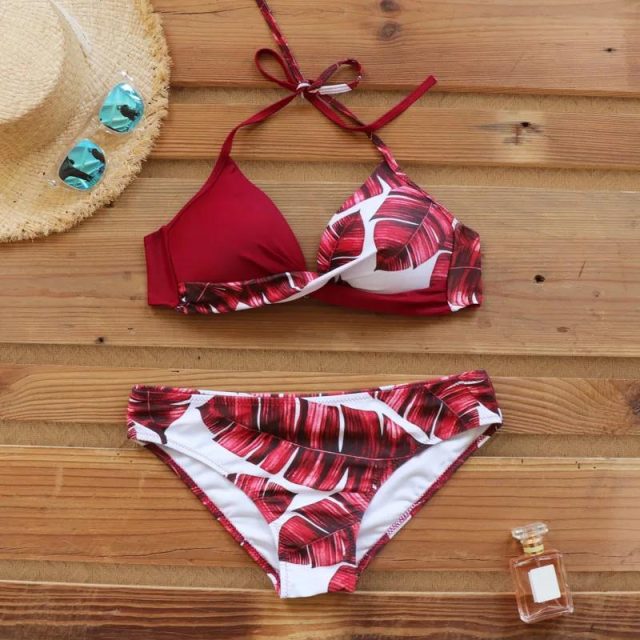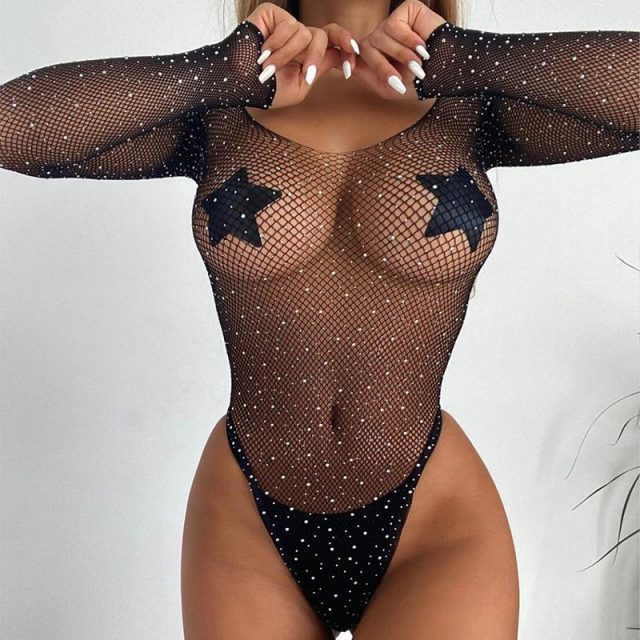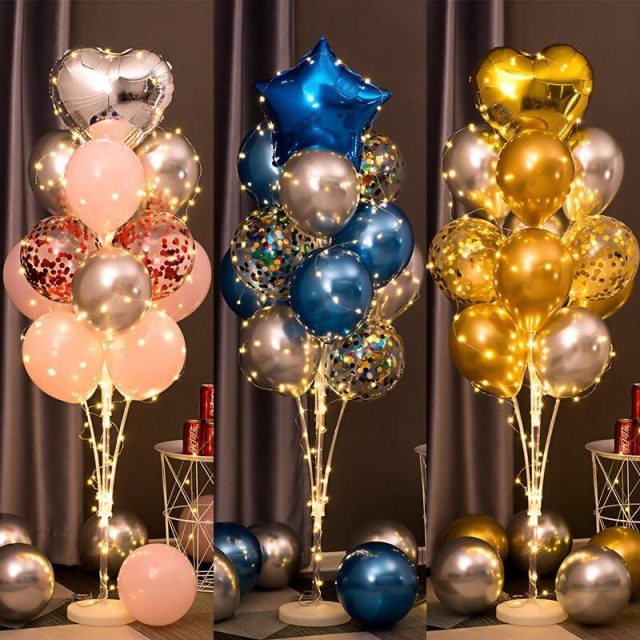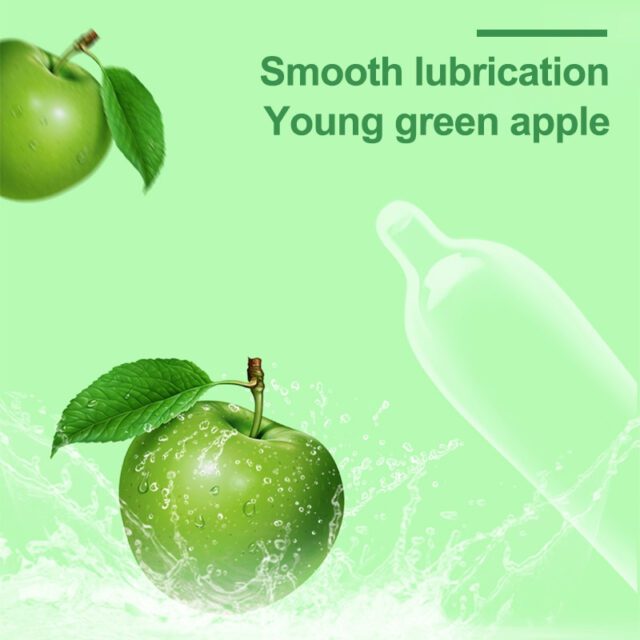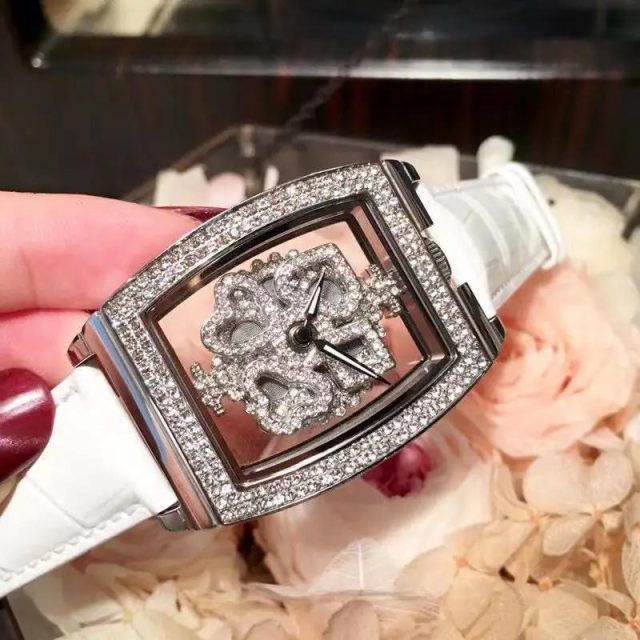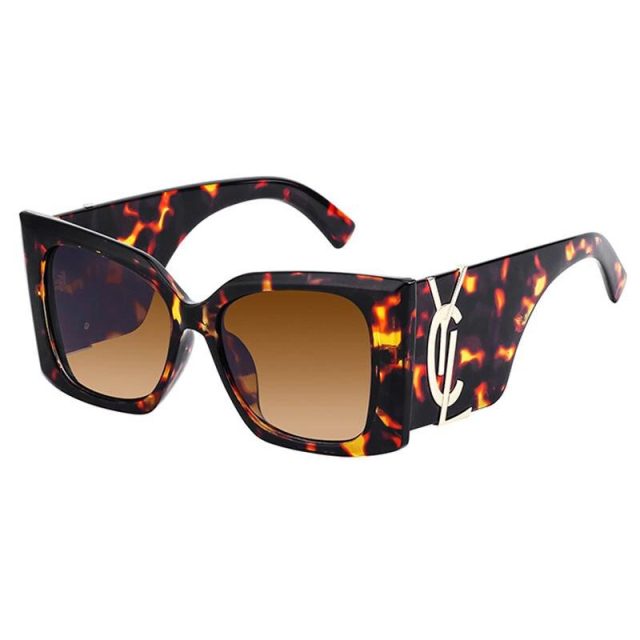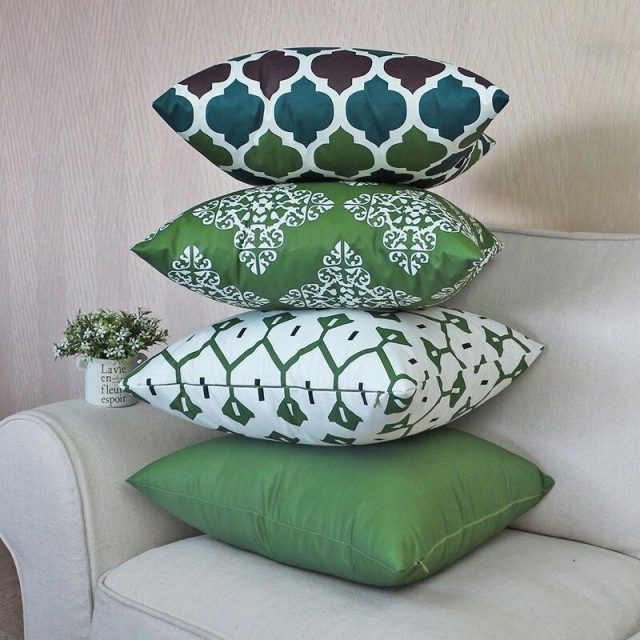Modern Art Canvas Painting
Description:
★ Material: Canvas
★ Customized: accepted any customized picture and size are welcome.
Size: 1 inch=2.54cm
★ Notice:
The frame is not included,The picture has no extra white borders. The posters are packed on a plastic tube, well protect。
For the picture color, different monitors,
There may be chromatic aberration,
Hope you can understand.

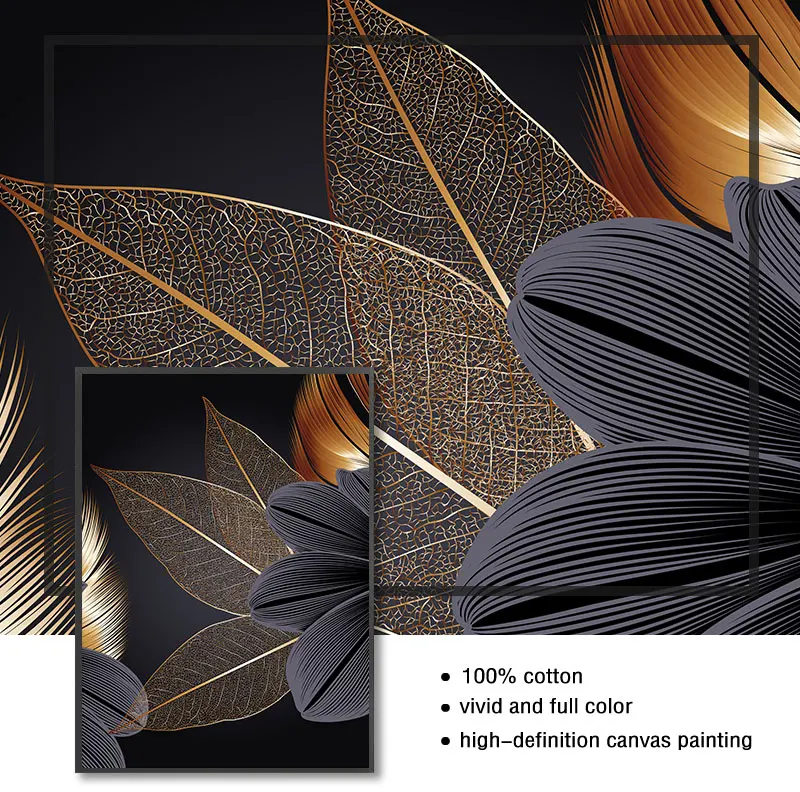


Modern Art Canvas Painting:
The world of modern art canvas painting is a mesmerizing tapestry of creativity, innovation, and boundless self-expression. As we delve into this vibrant realm, we embark on a journey that traverses time, geography, and the human psyche.
Within the confines of a canvas, artists have woven narratives of passion, pain, liberation, and transformation. we will dive deep into the enchanting world of modern art canvas painting, tracing its evolution, highlighting key movements, and celebrating the artists who have left an indelible mark on this ever-evolving landscape.
A Brief Overview of Modern Art Canvas Painting
Modern art canvas painting, as the name suggests, refers to artworks created during the modern era, a period that spans roughly from the late 19th century to the mid-20th century. This era was characterized by a break from traditional artistic conventions, a rejection of academic rigidity, and the embrace of new materials, techniques, and subject matter.
At the heart of modern art canvas painting is the artist’s desire to push boundaries, challenge established norms, and communicate complex ideas through their work. The canvas, a blank space awaiting transformation, becomes the stage upon which these artistic revolutions are performed.
The Evolution of Modern Art Canvas Painting
Early Modernism (Late 19th to Early 20th Century)
The modern art movement is often said to have begun with the Impressionists, who rejected conventional techniques and sought to capture the fleeting qualities of light and atmosphere. Artists like Claude Monet and Pierre-Auguste Renoir liberated the canvas from meticulous detail, using brushwork to evoke mood and emotion.
As the 20th century dawned, other pivotal movements emerged. Fauvism, led by Henri Matisse, used vibrant color and bold brushwork to create expressive and emotional works. Cubism, pioneered by Pablo Picasso and Georges Braque, fragmented objects and subjects into geometric forms, challenging traditional notions of representation.
Surrealism (1920s and 1930s)
Surrealism, led by figures like Salvador Dali and Max Ernst, delved into the realms of the unconscious mind. The canvas became a portal into the world of dreams, fears, and desires. Surrealists embraced automatic drawing and the juxtaposition of disparate elements to evoke powerful and enigmatic imagery.
Abstract Expressionism (1940s and 1950s)
Abstract Expressionism marked a zenith in the evolution of modern art canvas painting. Artists like Jackson Pollock, Willem de Kooning, and Mark Rothko engaged in a profound exploration of the self through their work.
The canvas, often immense in scale, was a battlefield where emotions, energy, and raw creativity converged. Pollock’s iconic “drip paintings” were a revolutionary departure from traditional techniques, as he allowed the paint to fall freely onto the canvas, creating chaotic yet mesmerizing compositions.
Pop Art (1950s and 1960s)
Pop Art, epitomized by artists like Andy Warhol, Roy Lichtenstein, and Claes Oldenburg, reintroduced recognizable imagery into modern art. The canvas became a platform for a dialogue on consumer culture and the mass media. Warhol’s iconic Campbell’s Soup Cans and Marilyn Monroe portraits are among the most famous examples of this movement.
Minimalism (1960s and 1970s)
Minimalism, spearheaded by artists like Donald Judd and Dan Flavin, embraced simplicity, geometric forms, and a reductionist aesthetic. The canvas, often stripped of extraneous details, became a contemplative space, inviting viewers to engage with the essence of form and color.
Contemporary Art (Late 20th Century to Present)
In contemporary modern art canvas painting, artists have an unprecedented freedom to explore diverse media, styles, and themes. The canvas remains a dynamic stage for introspection, critique, and experimentation. Contemporary artists like Jean-Michel Basquiat, Yayoi Kusama, and Banksy continue to push the boundaries of what can be expressed on a canvas.
Key Themes and Motifs
Modern art canvas painting explores a plethora of themes, often reflecting the social, political, and cultural dynamics of the times. Some recurring motifs include:
- Identity and Self-Exploration: Many modern artists use the canvas as a mirror to explore their own identity and emotions. Frida Kahlo’s self-portraits and Jean-Michel Basquiat’s introspective works are excellent examples.
- Social and Political Commentary: Artists often use their work to critique or comment on societal issues. Picasso’s “Guernica” powerfully denounces the horrors of war, while Keith Haring’s graffiti-style art confronts social injustices.
- Nature and the Environment: Some artists, like Georgia O’Keeffe, choose to focus on the beauty and wonder of the natural world. O’Keeffe’s close-up floral paintings, for instance, offer a unique perspective on nature’s intricacies.
- Abstract Exploration: Abstract art often invites viewers to engage with form, color, and space on an elemental level. Wassily Kandinsky’s abstract compositions, for instance, challenge viewers to perceive the visual language of shapes and colors.
- Cultural Identity and Diversity: In an increasingly globalized world, artists explore themes related to cultural identity, diversity, and heritage. Yayoi Kusama’s work, inspired by her Japanese background, incorporates themes of infinity and cosmic connection.
- The Human Condition: Many artists grapple with existential questions and the human experience. Edvard Munch’s “The Scream” is an iconic example, encapsulating feelings of anguish and alienation.
Innovative Techniques and Materials
One of the hallmarks of modern art canvas painting is the innovative use of techniques and materials. Artists have constantly sought new ways to express their ideas. Some notable techniques and materials include:
- Collage: Artists like Pablo Picasso and Georges Braque integrated collage elements into their paintings, combining various materials and textures to create a layered and dynamic composition.
- Mixed Media: The use of multiple materials, such as acrylics, oils, ink, and found objects, has expanded the possibilities of expression. Artists like Robert Rauschenberg and Jean Dubuffet embraced mixed media in their work.
- Assemblage: This technique involves incorporating found or everyday objects into the canvas, transforming them into art. The works of Joseph Cornell and Louise Nevelson often feature assemblage elements.
- Impasto: Impasto is a technique where paint is applied in thick, textured layers. Artists like Vincent van Gogh used impasto to create a palpable sense of movement and emotion in their works.
- Spray Paint and Stencils: Street and graffiti artists like Banksy use spray paint and stencils to create striking and provocative images that often engage with current social and political issues.
- Digital Art: In the contemporary art scene, the canvas is not limited to traditional materials. Digital artists create stunning works using computer software and advanced printing techniques, blurring the lines between the physical and digital realms.
Prominent Modern Art Canvas Painters
The history of modern art canvas painting is replete with visionary artists who have forever altered the course of art history. While this list is by no means exhaustive, it includes some of the most influential figures:
- Pablo Picasso: Renowned for his versatility and creativity, Picasso is a towering figure in modern art. His works span various movements, from Cubism to Surrealism.
- Jackson Pollock: The pioneer of abstract expressionism, Pollock’s “drip paintings” remain iconic, celebrated for their raw energy and emotional depth.
- Frida Kahlo: Known for her self-portraits and exploration of personal identity, Kahlo’s art is deeply introspective and emotive.
- Andy Warhol: A leading figure in the Pop Art movement, Warhol’s work often explores the relationship between art, consumer culture, and celebrity.
- Yayoi Kusama: Known for her mesmerizing and immersive art, Kusama’s canvases often blur the lines between the individual and the cosmos.
- Jean-Michel Basquiat: His graffiti-inspired works challenge the boundaries of race, identity, and social commentary.
- Georgia O’Keeffe: Famous for her close-up floral paintings, O’Keeffe’s art invites viewers to explore the subtleties of the natural world.
- Mark Rothko: His color field paintings, characterized by large expanses of color, convey a profound sense of emotion and spirituality.
The Impact and Legacy of Modern Art Canvas Painting
Modern art canvas painting has left an indelible mark on the art world and beyond. Its influence extends into contemporary culture, shaping not only how we perceive art but also how we engage with the world. Some of its key impacts and legacies include:
- Artistic Freedom: Modern art liberated artists from the constraints of tradition, allowing them to experiment, innovate, and push boundaries. This legacy continues to inspire contemporary artists to explore new frontiers.
- Cultural Reflection: Modern art often serves as a reflection of the times in which it was created. It has been a powerful vehicle for social and political commentary, fostering dialogue and awareness.
- Reinterpretation of Space and Form: Artists like Picasso and Kandinsky challenged traditional notions of space, form, and perspective, reshaping how we perceive and engage with art and the world around us.
- Global Impact: Modern art is a global phenomenon, transcending borders and cultural boundaries. It has sparked movements and artistic revolutions in every corner of the world.
- Inspiration in Diverse Spheres: Modern art’s influence extends beyond the canvas. Its aesthetics and principles have permeated architecture, fashion, design, and popular culture.
The Ever-Changing Landscape of Modern Art Canvas Painting
The world of modern art canvas painting is a dynamic, ever-evolving realm where artists continually seek to redefine the boundaries of creativity and expression. As we gaze upon the canvas, we witness the ongoing dialogue between artists and their times, the exploration of the human condition, and the daring experiments with form, color, and meaning.
In a world that constantly shifts and reinvents itself, modern art canvas painting serves as a testament to the enduring power of human creativity and the unyielding desire to uncover the profound mysteries of existence. It invites us to engage, to question, and to find our own meaning in the swirling colors and bold strokes that adorn the canvas, ensuring that modern art’s legacy will continue to captivate and inspire generations to come.

















































